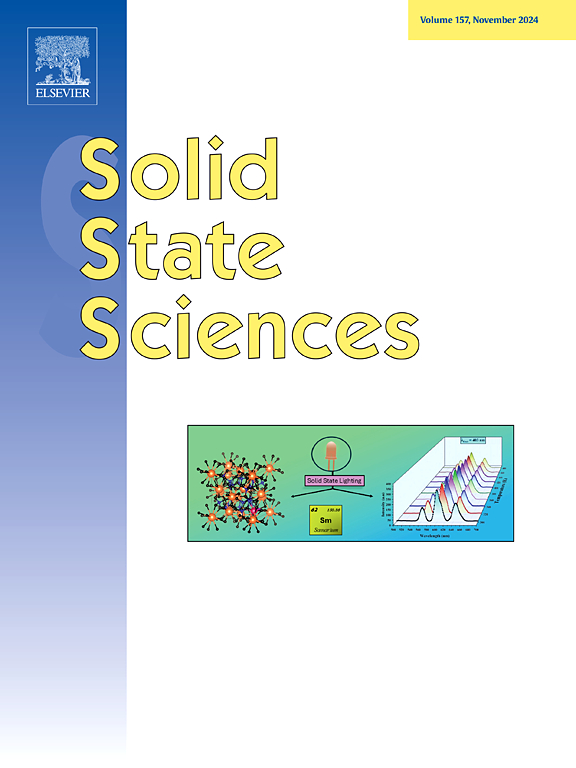Advancements in distributed transport property thermoelectrics: Enhancing performance through material selection and innovative manufacturing
IF 3.4
3区 化学
Q2 CHEMISTRY, INORGANIC & NUCLEAR
引用次数: 0
Abstract
Distributed Transport Properties (DTP) play a pivotal role in optimizing the performance of thermoelectric (TE) materials, by optimizing the spatial variation of the magnitude of Seebeck coefficient, electrical resistivity, and thermal conductivity within the TE element. This approach partially offsets the adverse effects of internal Joule heating, creating an optimal temperature profile within the TE element. In this paper, we describe promising results from prototype DTP TE couples we have produced and tested, which exhibit an 8–10K increase in maximum temperature differential, a twofold increase in Coefficient of Performance (COP), and a more than threefold increase in heat pumping capacity at a 70K temperature differential. We also describe the results of our validated model, which predicts the possibility of up to a tenfold improvement in COP and heat pumping capacity at elevated temperature differences.
This paper introduces the utilization of machine learning to expedite the search for ideal and feasible materials to improve the performance of TE solid state thermal management.
We also introduce the utilization of additive manufacturing to fabricate DTP elements with a range of compositions, allowing for the creation of TE material systems approaching the theoretical upper limit for COP and heat pumping density. The application of these novel methodologies outlines a pathway toward unlocking the full potential of DTP in thermoelectric materials, aiming to achieve for the first time a maximum temperature difference of 100K in a single stage TE device.

求助全文
约1分钟内获得全文
求助全文
来源期刊

Solid State Sciences
化学-无机化学与核化学
CiteScore
6.60
自引率
2.90%
发文量
214
审稿时长
27 days
期刊介绍:
Solid State Sciences is the journal for researchers from the broad solid state chemistry and physics community. It publishes key articles on all aspects of solid state synthesis, structure-property relationships, theory and functionalities, in relation with experiments.
Key topics for stand-alone papers and special issues:
-Novel ways of synthesis, inorganic functional materials, including porous and glassy materials, hybrid organic-inorganic compounds and nanomaterials
-Physical properties, emphasizing but not limited to the electrical, magnetical and optical features
-Materials related to information technology and energy and environmental sciences.
The journal publishes feature articles from experts in the field upon invitation.
Solid State Sciences - your gateway to energy-related materials.
 求助内容:
求助内容: 应助结果提醒方式:
应助结果提醒方式:


